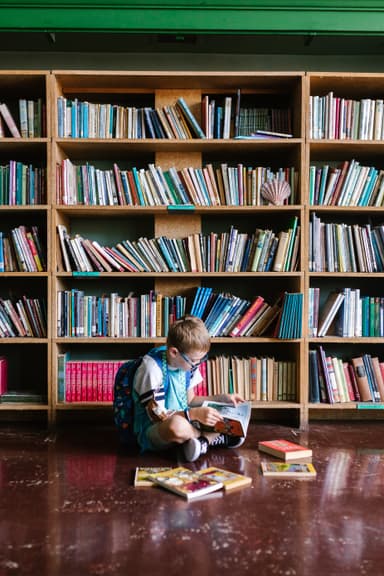Describing locations
I can use locational language to describe where things are.
Describing locations
I can use locational language to describe where things are.
Link copied to clipboard
These resources will be removed by end of Summer Term 2025.
Switch to our new teaching resources now - designed by teachers and leading subject experts, and tested in classrooms.
These resources were created for remote use during the pandemic and are not designed for classroom teaching.
Lesson details
Key learning points
- Photographs can give clues about the location where they were taken.
- We use locational language to describe where things are e.g. the location of a toy in the school grounds.
- Geographers can record places on an aerial photograph e.g. the location of a toy in the school grounds.
- Geographers can follow or record a route on a map; large scale maps are best for small areas.
Keywords
Locational language - Locational language describes the location or place of something in relation to something else.
Map - A map is a two-dimensional representation of an area, showing geographical features and where they are in relation to each other.
Route - A route shows the starting point and end point of a journey, sometimes with stops in between.
Common misconception
Maps show how to get from one place to another.
A map can show a small area in detail. We use maps as representations of places. We can study an area in detail using a map.
To help you plan your year 1 geography lesson on: Describing locations, download all teaching resources for free and adapt to suit your pupils' needs...
To help you plan your year 1 geography lesson on: Describing locations, download all teaching resources for free and adapt to suit your pupils' needs.
The starter quiz will activate and check your pupils' prior knowledge, with versions available both with and without answers in PDF format.
We use learning cycles to break down learning into key concepts or ideas linked to the learning outcome. Each learning cycle features explanations with checks for understanding and practice tasks with feedback. All of this is found in our slide decks, ready for you to download and edit. The practice tasks are also available as printable worksheets and some lessons have additional materials with extra material you might need for teaching the lesson.
The assessment exit quiz will test your pupils' understanding of the key learning points.
Our video is a tool for planning, showing how other teachers might teach the lesson, offering helpful tips, modelled explanations and inspiration for your own delivery in the classroom. Plus, you can set it as homework or revision for pupils and keep their learning on track by sharing an online pupil version of this lesson.
Explore more key stage 1 geography lessons from the Local area: where do we go to school? unit, dive into the full secondary geography curriculum, or learn more about lesson planning.

Licence
Starter quiz
6 Questions

Exit quiz
6 Questions



